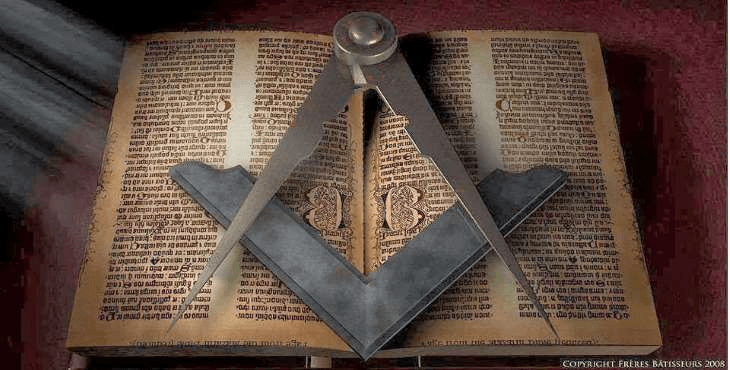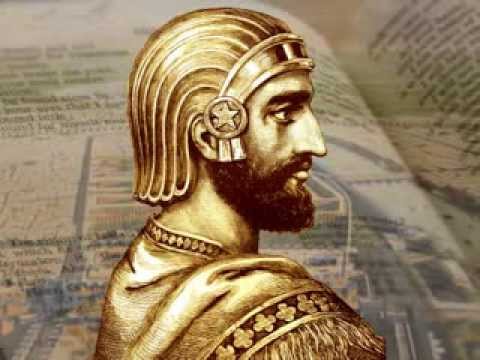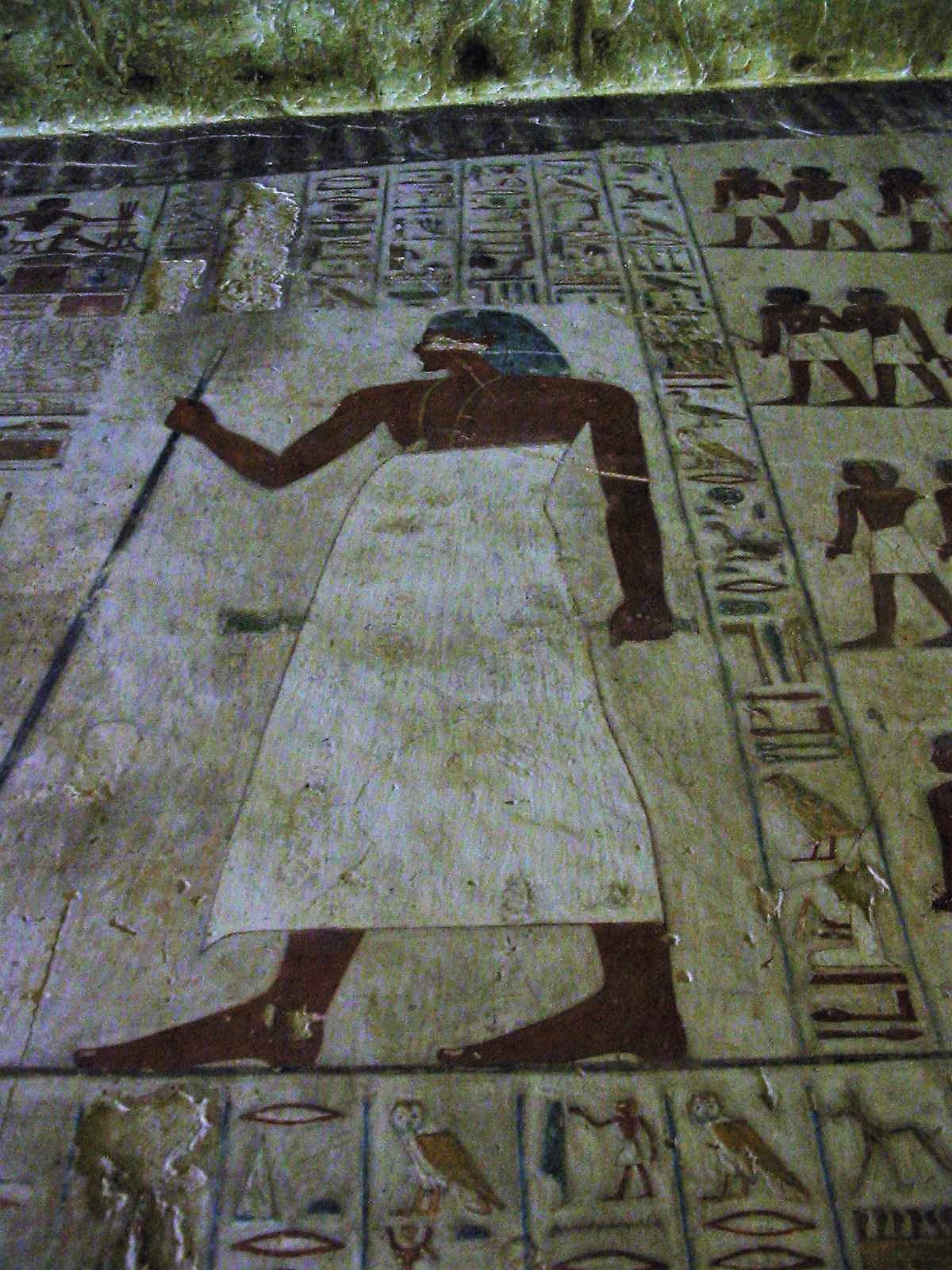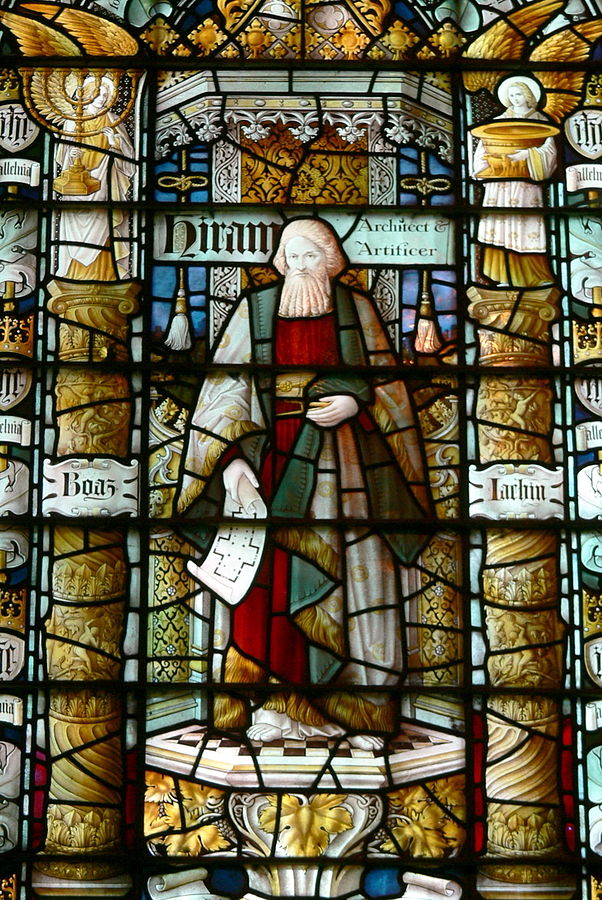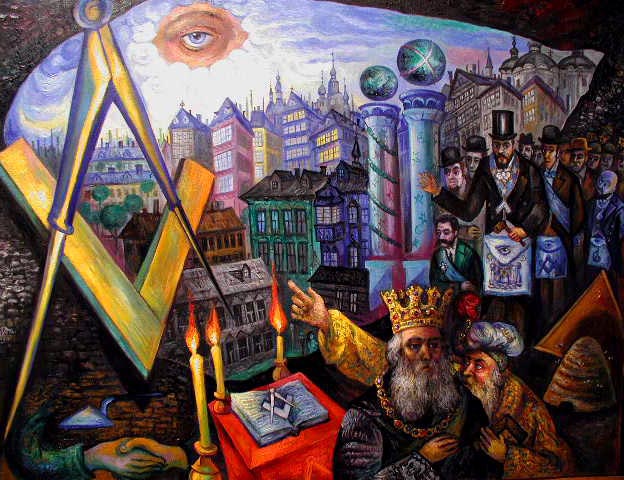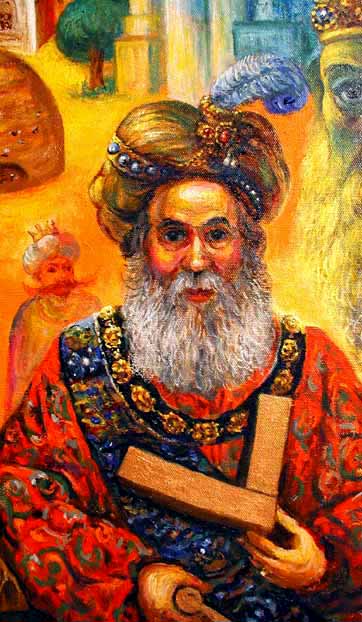At the time of the Masonic King Hiram and Phoenician rule of the Holy Island of Crete, it was one of the few places in the world that 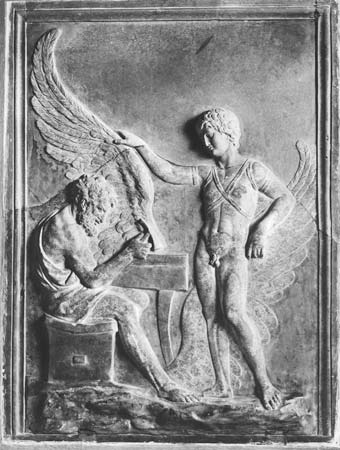 had plenty of skilled Masons, wood and metal workers to complete the job. Please keep in mind that these masons are real people who were well documented by many historians.
had plenty of skilled Masons, wood and metal workers to complete the job. Please keep in mind that these masons are real people who were well documented by many historians.
For example, in the legend of Hiram, he is said to be a cunning man. In 2 Chronicles ii., 13, ‘And I have sent a cunning man (endued with understanding) of Hiram my fathers. In the Hebrew text, the word rendered ‘ my father’s’ is in English letters ‘ Abi.’ (The Hebrew word ‘Ab’ signifies ‘father,’ ‘Abi,’ my father, and ‘Abiv,’ his father.)
You will also find in ancient Crete a family of builders who had descended from one of the first documented builder masons who specialized in wood, Daedalus. He is one of the most famous artists and builders of Crete who were the forerunners to the Grecian building communities, and Roman collegia. The very same ancient guilds which modern Freemasonry descends.
The connection between Hiram and this family can be found in the name Daedalus which means “cunning worker.” His family of Masons were known as Daedalids, and the name of their craft was known as the Daedalian style of art. A man who is considered one of the founders of Western Philosophy and one of the greatest of Greek philosophers, Socrates had claimed to be a Daedalid.
Daedalus formed one of the first true lodges of Masonry on Crete known as the Cretan Daedalid School which flourished for many centuries. The Masons say he was the inventor of a number of the “Working Tools” used in the various degrees of Masonry, the plumb-line and the axe, most of the tools used in carpentry, and of glue.
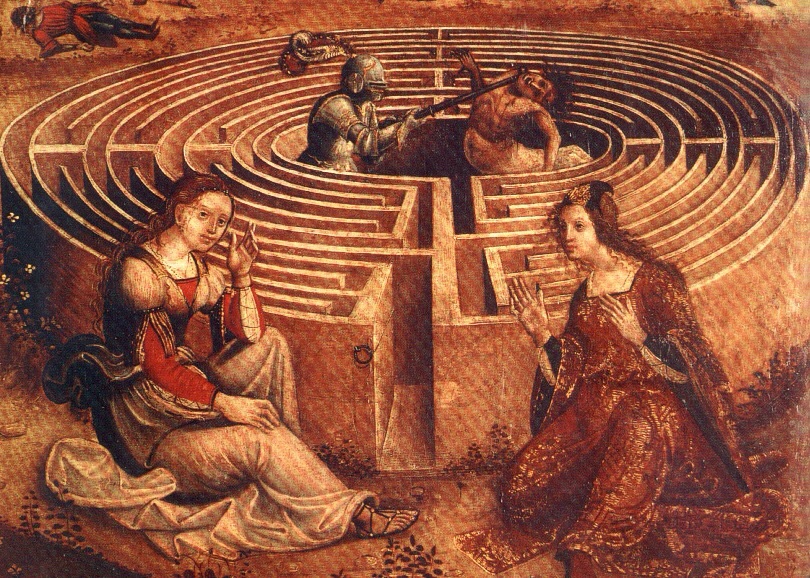 Daedalus was credited by several great historians as being employed in erecting several great architectural works on the island of Crete and elsewhere, some of which were extant even in the time of Diodorus. For example, Daedalus had constructed the world-famous Cretan Labyrinth, according to the statements of Diod. S. and Pliny 36. Homer had said that the statue of the daughter of Minos, King of Crete, Ariadne at Knossos was made by Daedalus.
Daedalus was credited by several great historians as being employed in erecting several great architectural works on the island of Crete and elsewhere, some of which were extant even in the time of Diodorus. For example, Daedalus had constructed the world-famous Cretan Labyrinth, according to the statements of Diod. S. and Pliny 36. Homer had said that the statue of the daughter of Minos, King of Crete, Ariadne at Knossos was made by Daedalus.
The Freemasons honor Daedalus to this very day through the teachings of the craft and various degrees. Freemason, Albert Gallatin Mackey had written in An Encyclopedia of Freemasonry and Its Kindred Sciences;
“A famous artist and mechanician, whose genealogy is traced in the Greek myths as having sprung from the old Athenian race of kings, the Erechtheidae. He is said to have executed the Cretan labyrinth, the reservoir near Megaris in Sicily, the Temple of Apollo at Capua, and the celebrated altar sculptured with lions on the Libyan coast.
He is said to be the inventor of a number of the “Working Tools” used in the various degrees of Masonry such as the compasses and 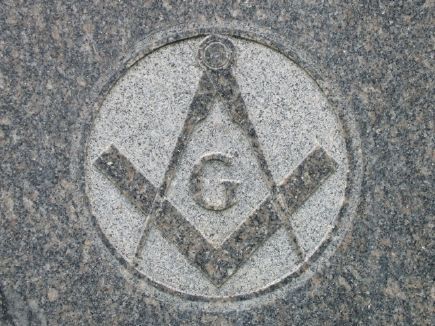 square, the plumb-line and the axe, most of the tools used in carpentry, and of glue. Of him is told the fable of his flying safely over the AEgean by means of wings made by himself. His nephew, Perdix, is the reputed inventor of the third Great Light in Masonry, the Compasses, which are dedicated to the Craft.(page 945)”
square, the plumb-line and the axe, most of the tools used in carpentry, and of glue. Of him is told the fable of his flying safely over the AEgean by means of wings made by himself. His nephew, Perdix, is the reputed inventor of the third Great Light in Masonry, the Compasses, which are dedicated to the Craft.(page 945)”
Masonic author John Fellows had written in The Mysteries of Freemasonry;
“It was the custom in Egypt to say, when the dog-star or Anubis was represented with large hawk’s wings, that the water would be of a sufficient height, and there would be a certainty of a plentiful harvest. On this occasion Anubis was called Doedalus, which signifies a sufficient height, or a sufficient depth. All the ancients agree that Daedalus was an ingenious architect. They ascribe to him the invention of the compasses and the square.
They farther add, that to him mankind is indebted for statuary; they even characterize the nature of the progress which this noble art made under him, by circumstances which render the thing very credible. . Before Dadalus, and to his very time, according to Diodorus Siculus, “Statues had their eyes shut, and their hands close to their sides, But Doedalus taught men how to give them eyes, to separate their legs, and to clear their hands from their body, which procured him the general admiration.(page 57)”
But by misfortune, both the history and the statues with their feet united become the proof of the origin I here assign to Daedalus. The compasses and square, of which he is made the inventor, are no other than the compasses and square that were put into the hands of Anubis or Horus, to warn the husbandmen to be in readiness to measure their lands, to take angles, in order to distinguish them from the lands of others.
Thus he was made the inventor of the symbolical instruments they saw in his hands. The statues whose hands and feet are frequently swathed, and which are found in the cabinets of our virtuoso, are no other than the statues of Osiris, Isis, and Horus, such as they were presented to the people at the time of the inundation. There was nothing then to be done, and the inaction was universal. The entire cessation of the rural works could not be better intimated, than by a Horus swathed or deprived of the use of his feet by the inundation, and using only his arms to point out the measure of the water, a vane to shew the wind, another instrument io take angles, and a horn to proclaim the general surveying.”
In the Dictionary of Greek and Roman Biography and Mythology, Volume 1 by Sir William Smith, he explains how Daedalus and his family had produced several masons of worthy note;
“The Daedalian style of art continued to prevail and improve down to the beginning of the fifth century B. c., and the artists of that long period were called Daedalids, and claimed an actual descent from Daedalus, according to the well-known custom by which art was hereditary in certain families. This genealogy was carried down as late as the time of Socrates, who claimed to be a Daedalid.
The most important of the Daedalids, besides his son Icarus, and his nephew Talus or Perdix, were Scyllis and Dipoenus, whom some made the sons of Daedalus (Paus. ii. 15. § 1), Endoeus of Athens (Paus. i. 26. § 5), Learchus of Rhegium (Paus. iii. 17. § 6), and Onatas of Aegina. (Paus. v. 25. § 7.) All these, however, lived long after the period in which Daedalus is placed. Besides Icarus, Daedalus was said to have had a son, Japyx, who founded Iapygae. (Strab. vi p. 279; Eustath. ad Dimyt. Perirg. 379.) (page 928)”
In the Dictionary of the Artists of Antiquity: Architects, Carvers, Engravers by Julius Sillig, Pliny (the Elder.), the author details the many Masonic works completed by the cunning worker, Daedalus;
He acted as an architect, the Cretan Labyrinth, made by him in imitation of that in AEgypt, according to the statements of Diod. S. and Pliny 36. 13. 19. He erected in Crete, likewise, the temple of Britomartis, (Solin. 11.) and in Sicily, by the command of Cocalus, a place styled Colymbethra, from which the river Alabo empties itself into the sea,—a city near Agrigentum, built on a rock, and strongly fortified,—a warm-bath at Selinus, and a wall on Mount Eryx. (Diod. S. l.c.) In Sardinia he reared, at the request of Iolaus, many magnificent palaces, which existed in the age of Diodorus. He built a temple of Apollo at Capua, (Sil. Ital. XII. 102,) and at Cumae, (Virg. Æn. 6.14.) Among the statues, which he made, the following are noticed by ancient writers:–
1. One of Hercules, fixed at Thebes, (Paus. 9.40. 2,) dedicated to Hercules by DAEDALUs himself, on account of his son Icarus buried by him, (9.11.2. Apollod. 6.5.2.) probably this statue is referred to by Hesych, v. TXijšau.
2. Statue of Trophonius, kept at Lebadaea.
3. Statue of Britomartis, fixed at Olus in Crete.
4. Statue of Minerva, placed at Cnosus, 5. One of Venus, kept at Delos, which was presented by Dadalus to Ariadne, by her to Theseus, by Theseus to the inhabitants of Delos. 6. Another statue of Hercules as naked, kept at Corinth. Paus. 2.4.
5. In addition to these statues, all of which were made of wood, DAEDALUs formed several others, which have perished through the ravages of time, (Paus. 9.40.2, a passage which throws great light on 8.46. 2.) and among the statues, which have been lost, was one of Hercules, which stood on the boundary of Messenia and Arcadia, (8.35. 2.)(page 49)
The Freemasons’ quarterly magazine and review had written on Volume 22;
“Whether we call them, TM Koivov, or fraipm, whether we accept the account of the Dionysian architects, or that of the Daedalid, deriving their name from Daedalus, the famous artist and builder of Crete, there is so much identity between the general organisation and particular customs of these building lyceums, and our modern Freemasonry, that we are led to the inevitable conclusion, that these Grecian building communities were the forerunners of the Roman collegia, and thereby linked on to these mediaeval guilds, from which we ourselves clearly and continuously descend.
There are decrees still extant § conferring the special honours of these communities on members and non-members, and so striking is the similarity between their customs and ours, that one writer declares, the organisation of the building sodality in Teos, 300 years before Christ, offers a striking resemblance to that of the Freemasons at the close of the XVIII century.”

Moe is the founder of GnosticWarrior.com. He is a father, husband, author, martial arts black belt, and an expert in Gnosticism, the occult, and esotericism.


